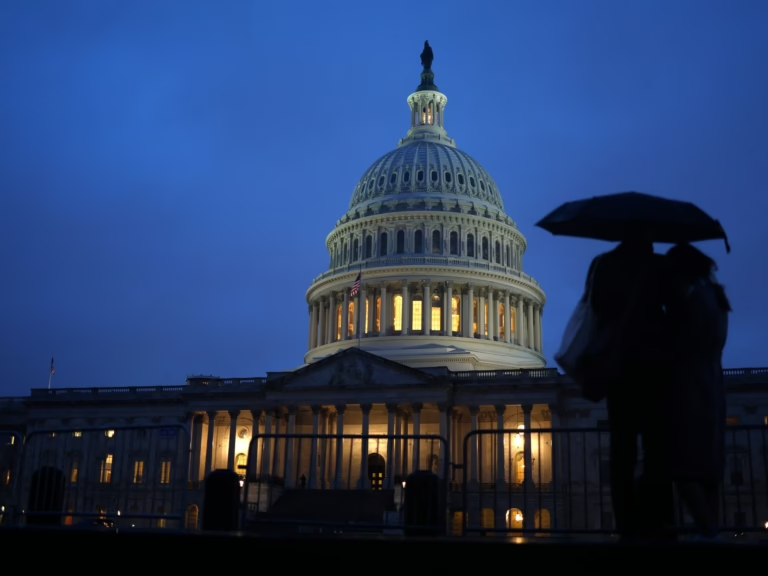From Wall Street trading floors to the United States Federal Reserve to economists sipping coffee in their home offices, the first Friday morning of the month typically brings a quiet hush around 8:30am Eastern time in the US [12:30 GMT] as everyone awaits the Labor Department’s crucial monthly jobs report.
But with the government shut down, no information was released on Friday about hiring in September.
Recommended Stories
list of 4 itemsend of list
The interruption in the data has occurred at a particularly uncertain time, when policymakers at the Federal Reserve and Wall Street investors would need more data on the economy, rather than less. Hiring has ground nearly to a halt, threatening to drag down the broader economy. Yet at the same time, consumers — particularly higher-income earners — are still spending, and some businesses are ramping up investments in data centres developing artificial intelligence models. Whether that is enough to revive hiring remains to be seen.
It’s the first time since a government shutdown in 2013 that the jobs report has been delayed. During the 2018-2019 partial government closure, the Labor Department was one of several agencies that remained open because Congress had agreed to fund them. September’s jobs figures will be released eventually, once the shutdown ends.
The administration of US President Donald Trump has blamed Senate Democrats for the shutdown, while Democrats levy similar charges against the White House.
“Businesses, families, policymakers, markets, and even the Federal Reserve are flying blind at a key juncture in America’s economic resurgence because the Democrats’ government shutdown has halted the release of key economic data,” said White House spokesperson Kush Desai.
Yet Trump himself has often trashed government jobs data when it has painted an unflattering picture of the economy. In August, he fired the then-head of the Bureau of Labor Statistics after the agency said that job gains in May and June had been sharply lower than previously reported.
Alternative resources for data
For now, economists are turning to alternative measures of the job market provided by nonprofits and private-sector companies. Those measures mostly show a job market with little hiring, but not many layoffs, either. Those who have jobs appear to be mostly secure, while those looking for work are having a tougher time.
Payroll processor ADP, for instance, said on Wednesday that its estimate showed the economy had lost a surprising 32,000 private-sector jobs last month. Companies in the construction, manufacturing, and financial services industries all cut jobs, ADP found. Restaurants and hotels, and professional services such as accounting and engineering, also shed workers.
Businesses in healthcare, private education, and information technology were the only sectors to add workers, ADP said.
“We’ve seen a significant decline in hiring momentum throughout the year,” said Nela Richardson, ADP’s chief economist. “This is consistent with a low-hire – even a no-hire — and low-fire economy.”
The shutdown has also meant the government is not releasing the weekly count of how many Americans have filed for unemployment benefits, a proxy for layoffs, which is published each Thursday.
But Goldman Sachs used data provided by most states to produce their own estimates of unemployment claims. In a report late on Thursday, they calculated that weekly claims ticked up to 224,000, up from 218,000 the previous week. Those are historically low figures, which suggest companies are still holding onto most of their workers.
On Friday, the Institute for Supply Management, a trade group of purchasing managers, released its monthly report on economic activity in the services sector, which includes everything from banking to restaurants to retail stores to warehousing and covers about 90 percent of the economy. Its index dropped to 50, from 52, with 50 the dividing line between shrinking and expanding. That means services sector activity was unchanged last month.
But services companies did cut back on hiring for the fourth straight month, the ISM’s survey found, suggesting that job gains remained weak last month.
And the Federal Reserve Bank of Chicago on Thursday released its monthly forecast of unemployment, a new alternative measure it unveiled last month. The Chicago Fed estimates that the unemployment rate remained a still-low 4.3 percent in September.
























